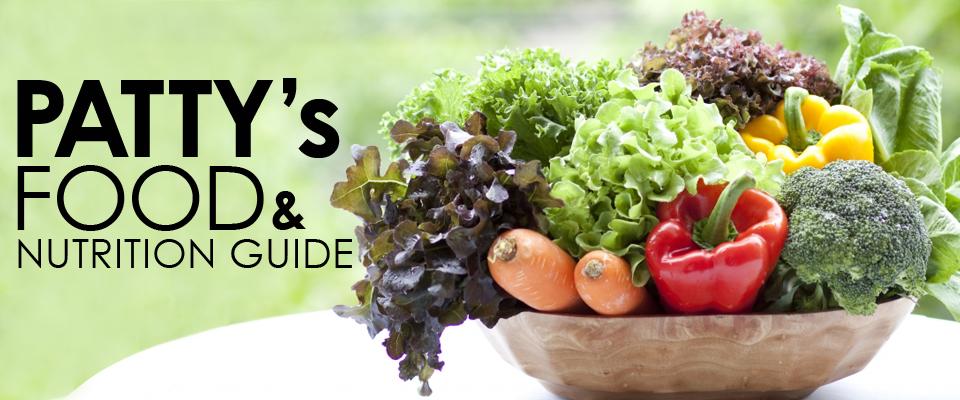How to Shop for Healthy Food & Groceries
1. Be Creative.
Make your list based off of the food groups. Find out what’s in season for your area and the time of year.
Vegetables – broccoli, carrots, beets, spinach, kale, etc.
Fruits – banana, orange, strawberries, apple, kiwi, etc.
Fats – extra virgin olive oil, avocado, almonds, walnuts, pecans, etc.
Beans/Legumes – black beans, chick peas, edamame, lentils, mung bean, etc.
Grains – steel cut oats, brown rice, quinoa, whole grain pasta, spelt, etc.
Proteins – Cage-free eggs, hormone-free chicken, low-sodium turkey, wild salmon, tuna, etc.
Dairy/Non-dairy – skim, soy, organic, rice, or almond milk
2. THINK “balance” and “variety”.
– First, always start out with gathering your produce and try to find healthy local produce stores for optimal nutritional value. Get your foundation foods: mixed greens and spinach for salads, toppings ie: tomatoes, bell peppers, onions, cucumbers, carrots, etc. Gather a bunch of fruits to enjoy with breakfast and as snacks. Be sure to choose a variety of colorful and in-season fruits and vegetables, as the colors reflect different vitamin and mineral contents of each fruit/vegetable. Collect a variety of vegetables to incorporate at dinner every night.
– Next, make a stop at the grocery store and move through produce section to find the rest of your goodies that may not have been at the market. Visit the bulk section (if available) which is typically near the produce department. You can scoop your own amounts of raw unsalted nuts, beans, legumes and whole grains.
– A visit to the inner aisles should only be reserved for once-in-a-while refill stock for tuna (packed in water), nut butters, extra virgin olive oil, and assorted vinegars to store in your healthy pantry.
– Lastly, lean meats like chicken, turkey and fish should be last in order to ensure it stays as fresh as possible, from one refrigerated space to another.
3. Ready, Set, Goal.
Knowing the in-season produce items, and have in mind what kind of meals you plan to make with them. Often times fresh produce can go bad in your fridge or on your counters because you either bought too much or it isn’t being eaten frequently enough. Only buy the amounts you know you can consume before the item grows old or loses it’s full nutritional value.
*If you have a smart phone, download the free app called ‘Eat Local’ – it is a great guide to help you figure out which certain foods are in season, in what state, and also gives you a list of nearby farmer’s markets. Or, check out this awesome Seasonal Fruit and Vegetable list from Palmetto Organics.
4. Stay on the “Edge”.
While shopping in the grocery store, the trick is to stay out of the inner aisles as much as possible. The freshest and healthiest foods are located around the perimeter of the store. Packaged and processed foods fill up most of the lanes and should be avoided unless you’re in need of a refill on the pantry item food-staples such as brown rice, whole grain pasta, extra virgin olive oil, vinegar, dried herb spices, nut butters, etc.
5. No Fluff. Remember this: “you GO, you SHOP, and you CONQUER.”
Supermarkets have become super smart in the marketing and psychology department when it comes to putting “deals” in your face as you walk through the door. They will lead you to “Buy One, Get One” and make you think you’re saving money. Don’t fall into the trap! More often than not, the items on BOGO are packaged, canned, overstocked, or a “new” item that is being tested on consumers by marketing.. but 98% of the time, it’s on processed side. That’s not to say you shouldn’t still look for the deals – by all means, we all enjoy getting the most bang for our buck. Just be very selective on what you actually say YES to. So stick to the plan, and put your blinders on to avoid the extra ‘fluff’ that wasn’t on your list when you walked in the door.

